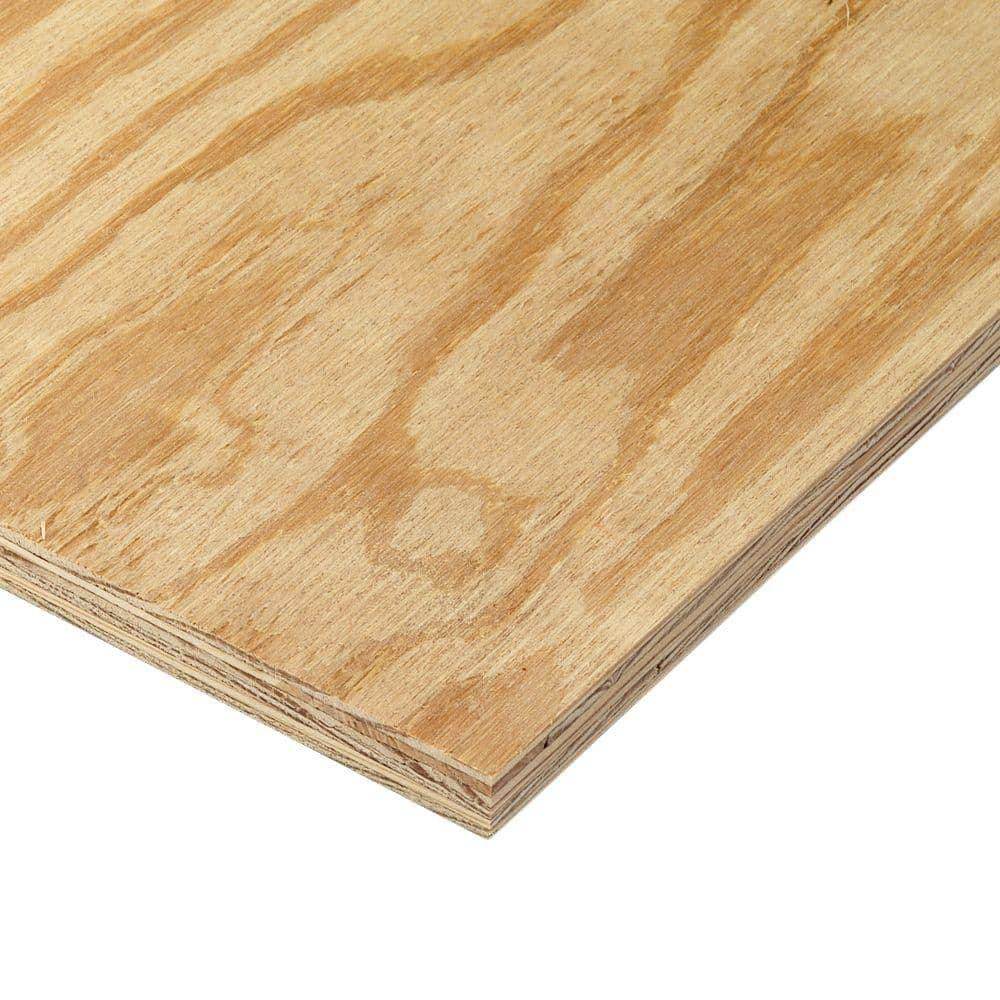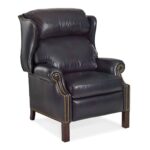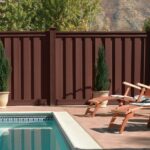CDX vs. OSB comparison, The use of engineered wood is gaining popularity these days. Whether building, remodeling, etc., you require some sheathing for your projects. There are many choices for your project, but the popular ones are CDX and OSB.
The two products contain natural wood and other materials like glue and adhesives. What properties, purposes, benefits, and differences do they have? We’ll share with you a detailed comparison between CDX and OSB. Let’s start:
Table of Contents
CDX vs. OSB: Overview
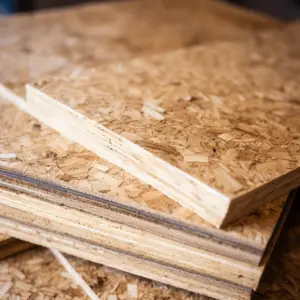
What is CDX?
CDX vs. OSB comparison is veneer plywood that consists of combining many thin veneer sheets of wood with glue and high pressure. The acronym has its meaning with C and D representing the quality/ grades of either side of the wood like C- grade sheet is for the top surface use while the D-grade sheet is for the inside use.
The grades depend on the veneer quality, with the higher ones signifying the better the wood quality. C and D grades woods are of medium quality where C grade sheet is better, thus used on the top surface.
X in CDX represents exposure which means the wood can withstand a bit of exposure to elements like moisture and insect attacks; however, not for a long time.
Therefore, CDX is robust, long-lasting, and shared in bathrooms and other humidity areas. But CDX furniture and items shouldn’t be directly exposed to rain for a longer time.
What is OSB?
The acronym OSB means Oriented Strand Board and is formulated by compressing wood chips, resin, and waterproof glue together in a CDX-like sheet.
Based on the quality and use, OSB wood is in four categories
OSB/1-Average quality (ideal for general purposes such as indoor furniture)
OSB/2-Medium quality structural panel (perfect for flooring, crating, and building)
OSB/3-Good quality load-bearing boards (suitable for humid conditions, make floor trusses, load-bearing beams, and outside sheathing.
What Is the Difference – between CDX vs. OSB?
| Features | CDX | OSB |
| Weight | Low | High |
| Availability | Available in short panels | Easily available |
| Price | High | Low |
| Waterproof | Low resistance to moisture | Good moisture resistant |
| Workability | Easy to work | Complex |
| Uses | Roof sheathing, exterior walls, and flooring. | Perfect for roof sheathing, walls, and floors. |
Major Differences in Details
Understanding the difference between CDX and OSB is essential to enable you to make the right choice. So, learn their significant distinctions right below.
Production Process and Overall Strength
The fundamental difference between these two engineered wood products is their manufacturing process. OSB comprises small wood flakes or wood chips with resin then glued together into a sheet. On the contrary, CDX is a type of plywood fabricated by the adhesion of long and thin veneers pressed together to strengthen them.
Therefore, CDX plywood is a bit stronger than OSB, which can handle more pressure, weight, and punishment. CDX is the more robust choice in terms of structure, although OSB is not as strong as CDX.
Moisture Resistance
Aside from differing structures, how well they hold up to water is a primary difference. The X-factor in plywood stands for “exposure,” meaning CDX plywood is only water resistant for a limited duration.
Hence prolonged exposure leads to water damage. For instance, when it is suitable for subflooring, it can resist water for a few months and nevertheless needs sheathing if it is to last for long periods (that sheathing is OSB).
Only pressure-treated CDX can withstand harsh moisture without getting water ruined.
OSB is highly water resistant than CDX thanks to the waterproof glue (Isocyanate glue used in the inner core and Phenol-Formaldehyde (PF)-applied on the outer layers) and resin used in its manufacturing that makes it less absorbent. Even further in harsher conditions, it lasts longer.
Application
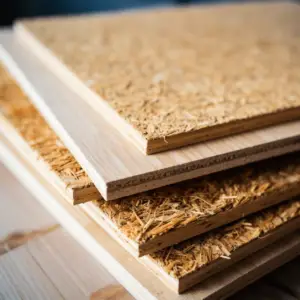
Both products have contrasting characteristics but are ideal for relatively the same things. However, one is applied better in specific tasks and the other on other tasks.
CDX is better for sub-flooring because it doesn’t get in touch with much moisture, which protects from damage. It is ideal for roof sheathing.
Even though CDX is strong with outstanding results, it is crucial to take care of it, cover it on both occasions, and do regular maintenance to ensure no damage.
OSB is suitable for substrate underneath shingles or decking due to its moisture-resistant feature, thus not damaged for a long time. It is equally ideal for roof sheathing.
It would help if you took care of it by applying a water-repellent coating at the edges to prevent OSB from absorbing water because they are not entirely water resistant.
Cost
CDX vs. OSB comparison on a budget, OSB is your best option as it is slightly cheaper, has more applications, and is readily available than CDX. Still, does that mean CDX is exceptionally costly? Not at all. Both are affordable engineered wood in the market, making them ideal choices even in bulk quantities.
Appearance
Another discrepancy between the two products is in their excellent look. OSB has a fantastic appealing look and is easy to sand and paint. CDX is a low-grade plywood version and tends to have knots and holes, thus not suitable for unseen places.
Dimensional Stability
Despite CDX being low waterproof (absorbs water quickly), it also loses the water soon and bounces back to its original. This property makes its dimensional stability great. So, overexposure to too much moisture over time will start degrading it.
On the other hand, OSB is highly water-resistant (hard to absorb water). However, when it does, it hangs onto it for a very long duration and has difficulty losing the water. Moreover, it may warp, changing its shape when wet, and reverting to its original state becomes a struggle after drying.
In brief, CDX has better dimensional stability than OSB, which is why it is perfect for integral interior parts of a structure.
Pros and Cons of OSB vs. CDX
| CDX | OSB |
| Pros | Pros |
| Hold nails and screws well | Affordable than other regular hardwoods |
| Ideal for finishing work | Versatile with multiple uses |
| It may be suitable for beneath flooring | Manufactured in large tall panels |
| Easy to paint and polish | Stronger and denser |
| Cons | Cons |
| Produced in large, tall panels | Hard to paint |
| Expensive than OSB | Absorbs moisture and struggles to dry quickly |
| Potentially not long-lasting | Not good for flooring |
| Moisture absorbent, however, it completely dries quickly | Don’t hold nails and screws well |
Which One Should You Choose- CDX OR OSB?
Both are famous types of engineered wood, which you should select entirely depending on your goals and project.
CDX I is more robust than OSB but with low moisture resistance, durable and perfect for use in roof sheathing, flooring, and other common humidity areas. It can withstand considerable weight as well.
OSB is ideal for places with medium humidity, not as strong as CDX but perfect for harsh exposures to moisture sometimes. It is suited for walls, roof sheathing, and sometimes floors.
In summary, both are paramount in construction, but each has its strengths and weaknesses, making them best for distinct tasks. With the information shared, you can make an informed choice.
